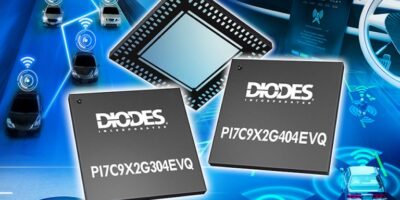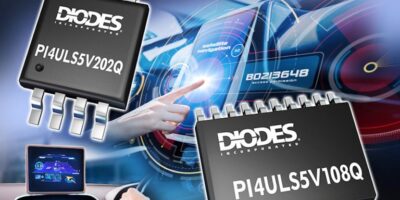Renesas Electronics, and Altair Semiconductor, jointly announced a partnership aimed at bringing ultra-small and ultra-low-power cellular IoT solutions to the global IoT market. Cellular IoT device makers will be able to use this combination of best-in-class solutions to create highly differentiated IoT products and services that offer much greater efficiencies and faster time to market. These integrated solutions will be delivered through Renesas’ sales channels, enabling cellular connectivity to all of its markets.
“We are delighted to collaborate with Altair to deliver the industry’s best cellular IoT solutions to the booming IoT market,” said Sailesh Chittipeddi, Executive Vice President and General Manager of Renesas’ IoT and Infrastructure Business Unit. “Our combined technical excellence and differentiated IP will allow us to design the smallest and lowest power multi-protocol cellular chip-to-cloud solution for Industrial IoT applications desired by our customers for their next-generation products.”
With billions of devices expected to be deployed by 2024, the IoT market demands products that operate seamlessly out of the box. Sensors, cameras, metering, tracking, and smart devices all rely on ultra-low power consumption, offering the potential for a sensor to operate in the field for 10 to 20 years without requiring any hardware maintenance.
“This collaboration makes Altair’s technology accessible to the full breadth of Renesas customers and partners ecosystem,” said Oded Melamed, CEO of Altair Semiconductor. “The Integration of Altair’s differentiated cellular IoT technology with Renesas’ industry-leading MCUs will make this great technology immediately accessible to the mass market of IoT devices and service providers.”
As a first step of this collaboration, Renesas and Altair plan to develop cellular IoT solutions with CAT-M and NB-IoT dual mode chipsets and technologies. They will also design a variety of development tools and software to further streamline the adoption of cellular IoT solutions for industrial and consumer applications. This partnership aims to achieve technical leadership in size reduction, power consumption, and IoT security.
Altair Semiconductor
Altair Semiconductor, a Sony Group Company, is a leading provider of Cellular IoT chipsets. The company’s flagship ALT1250 is the smallest and most highly integrated LTE CAT-M and NB-IoT chipset, featuring ultra-low power consumption, hardware-based security, and a carrier-grade integrated SIM (iUICC), all 5G ready.
Altair partners with leading global vendors, including G+D (Giesecke+Devrient), HERE Technologies, Murata, Sierra Wireless and WNC, to provide low-power and cost-efficient modules for a range of industrial and consumer IoT applications such as trackers, smart meters, wearables, and vehicle telematics. Altair’s chipsets have been commercially deployed on the world’s most advanced LTE networks, including AT&T, China Mobile, KDDI, SoftBank Corp., Verizon, and Vodafone.
For more information, visit www.altair-semi.com. Follow Altair on Twitter: @AltairSemi and LinkedIn: Altair Semiconductor
Renesas Electronics Corporation
Renesas Electronics Corporation (TSE: 6723) delivers trusted embedded design innovation with complete semiconductor solutions that enable billions of connected, intelligent devices to enhance the way people work and live. A global leader in microcontrollers, analog, power, and SoC products, Renesas provides comprehensive solutions for a broad range of automotive, industrial, home electronics, office automation, and information communication technology applications that help shape a limitless future. Learn more at renesas.com.







